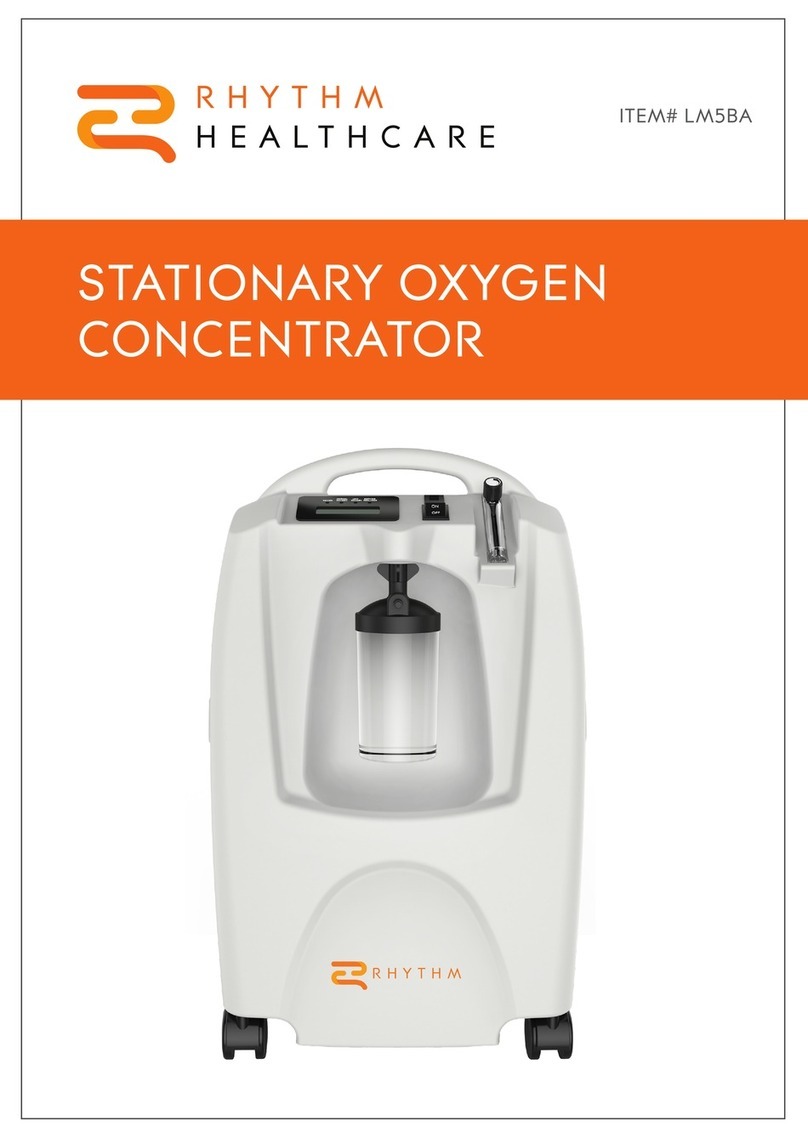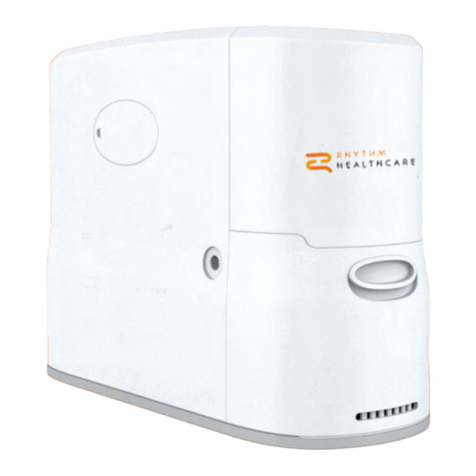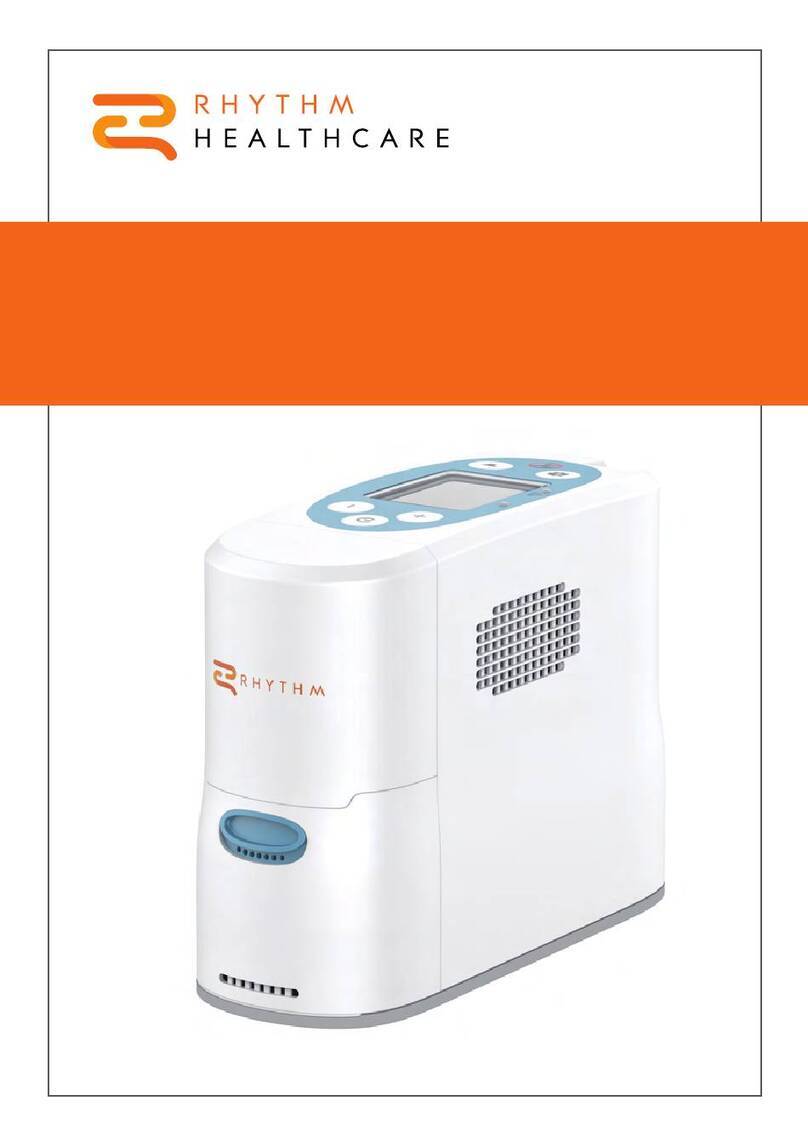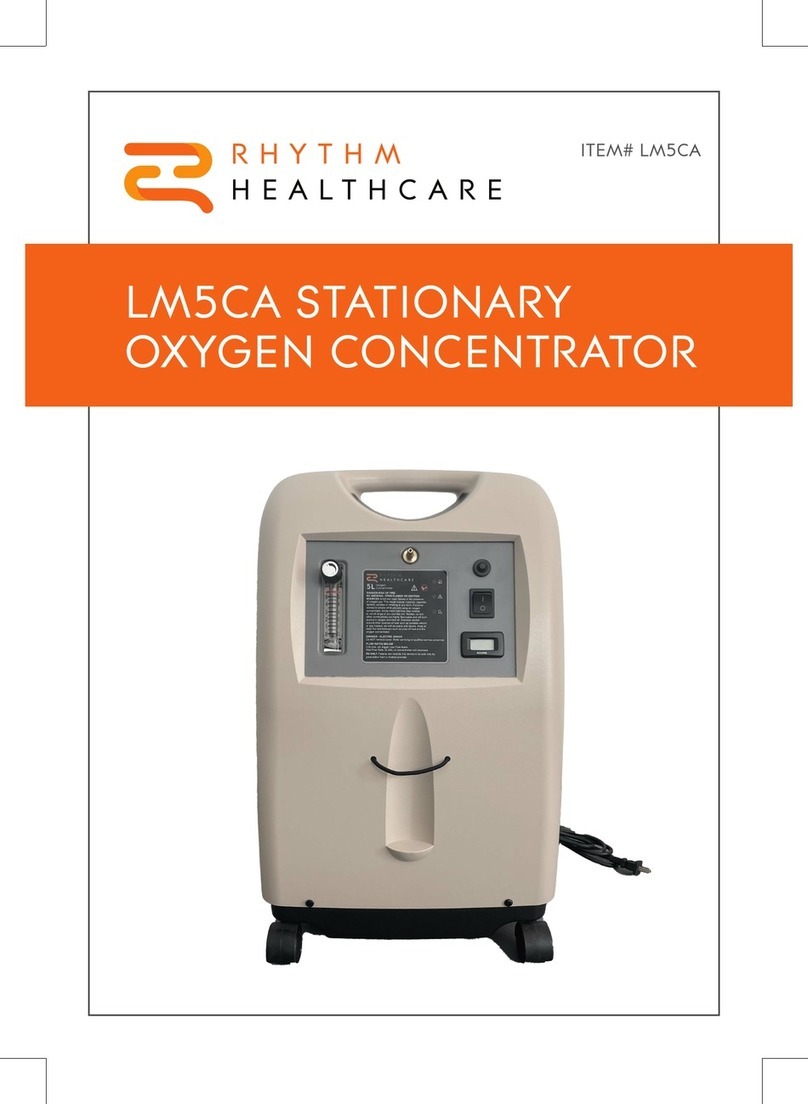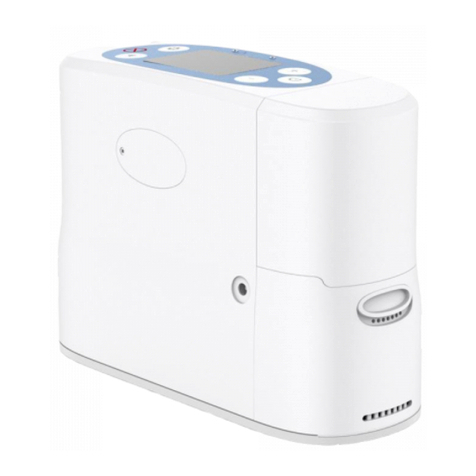
SAFETY PRECAUTIONS: READ BEFORE USE
Before utilizing this product, it is essential to carefully review all safety guidelines and
instructions. Pay special attention to the recurring statements used throughout this
manual, along with their significance. You will also find additional safety instructions in
other sections, which may resemble the following or pertain to specific operations.
• Danger: Signifies a potential hazard situation or unsafe practice that, if not
avoided, could lead to death or severe personal injury.
• Warning: Indicates a potential hazard situation or unsafe practice that, if not
avoided, may result in death or serious personal injury.
• Caution: Points out a potential hazard or unsafe practice that, if not avoided,
may result in minor or moderate personal injury.
• Notice: Warns of a potential hazard or unsafe practice that, if not avoided,
may result in product or property damage.
• Info: Offers application recommendations and other useful information to
ensure optimal product usage.
❗
DANGER
❗
- Reducing Electrocution Risk:
1. Do not use this product while bathing.
2. Avoid placing or storing the product where it could fall into a tub or sink.
3. Refrain from submerging this product in water or any other liquid.
4. In case the product falls into water, immediately unplug it.
⚠ WARNING – Reducing Risk of Burns, Electrocution, Fire, or Personal Injury:
1. Provide close supervision when using this product with children or individuals
requiring extra care.
2. Utilize this product strictly for its intended purpose as described in this guide.
3. Never operate this product if:
4. a. The power cord or plug is damaged.
b. It is not functioning properly.
c. It has been dropped, damaged, or submerged in water.
Return the product to a provider for examination and repair.
5. Keep the power cord away from heated surfaces.
6. Avoid using this product while drowsy or asleep.
7. This device is designed for use by a single individual to prevent infection; do
not share it.
